INTRODUCTION
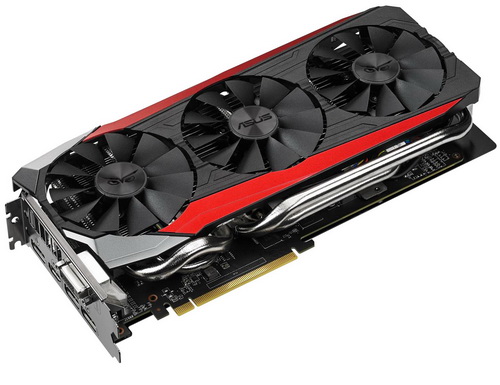
The reason many of us even started using PCs in the first place was because we wanted something capable of many more uses compared to gaming consoles (although i have to admit that back when i got my first 80386 my Amiga 500 was still my favorite). Of course when talking about gaming graphics is the very first thing that comes to mind and since the early 90's (back then we swapped graphics cards more than twice a year) i must have gotten my hands on at least 50 graphics cards from pretty much every available manufacturer in the market (sadly today some of those manufacturers no longer exist). Luckily with the "firepower" today’s graphics cards offer gamers don't need to change them nearly as often and that goes double for high-end models. Now we all know that we haven't focused nearly as much in releasing graphics cards reviews as many of you have asked so we will do our best to fix that in the coming months (this time we will do our best to make it so) and the first step is by testing the Radeon R9 Fury STRIX model by ASUS (better late than never right?).
ASUS is a worldwide top-three consumer notebook vendor and maker of the world’s best-selling, most award-winning motherboards. A leading enterprise in the new digital era, ASUS designs and manufactures products that perfectly meet the needs of today’s digital home and office, with a broad portfolio that includes motherboards, graphics cards, optical drives, displays, desktop and all-in-one PCs, notebooks, netbooks, servers, multimedia devices, wireless solutions, networking devices, tablets, smartphones and wearables. Driven by innovation and committed to quality, ASUS won 4,368 awards in 2015 and is widely credited with revolutionizing the PC industry with its Eee PC™. ASUS has more than 16,000 employees around the globe with a world-class R&D team of 5,200 engineers. Company revenue for 2014 was approximately US$14.5 billion.
Roughly 10 months ago AMD released their Radeon R9 Fury X and Fury graphics cards based on their flagship Fiji graphics processor that sports a total of 8.9 billion transistors. AMD used the fully unlocked processor for their Radeon R9 Fury X models (and the Radeon R9 Nano later on) but they used a slightly cut-down version for the Radeon R9 Fury cards so whereas the Fury X and Nano models feature a total of 4096 SPs (stream processors), 256 TMUs (texture mapping units), 64 ROPs (raster operations pipelines) and 4096-bit memory bus the Fury cards feature 3584 SPs and 224 TMUs (ROPS and memory bus stay the same). The Radeon R9 Fury STRIX model which we have here today by ASUS pairs the "cut-down" Fiji graphics processor with 4GB of High Bandwidth Memory (HBM) clocked at 500MHz / 1.0Gbps (effective data rate) and their latest patented DirectCU III triple-fan cooling system. Let's see how it performs.
SPECIFICATIONS AND FEATURES

PACKAGING AND CONTENTS
ASUS ships the Radeon R9 Fury STRIX graphics card inside a large black box that has a large metal owl at the front (STRIX logo) and the main feature of the card which is the DirectCU III cooling solution.
Several pictures placed at the rear of the box are used to showcase both the features and specifications of the card.
The card is placed inside a static-free bag and in a formed piece of black foam.
Inside the box you will find the card, software CD, PCI express power adapter, product sticker and the user manual.
THE RADEON R9 FURY STRIX
The Radeon R9 Fury STRIX by ASUS is one of the largest graphics cards around (also one of the best looking since black and red is my favorite color combo) measuring 300mm in length, 137mm in height and 40mm in thickness (requires two PCI slots to install).
ASUS is using their latest DirectCU III cooling system which consists out of three 90mm fans which according to them are "engineered with a patented, new wing-blade design that delivers maximum air flow and improved 105% static pressure over the heat sink, while operating at 3X quieter volumes than reference cards".
At the rear of the card ASUS has placed a thick backplate to prevent PCB bending over time (the red backplate is called the GPU-Fortifier and is supposed to relieve physical stress around the GPU in order to protect it).
The DirectCU III cooling system also uses a total of five rather thick nickel plated direct contact heatpipes (two 10mm, two 8mm and one 6mm).
You will need two 8pin PCI express power connectors to use the Radeon R9 Fury STRIX card so yes it should be quite power hungry.
In terms of available outputs the Radeon R9 Fury STRIX has one DVI-I port, one full size HDMI 1.4a port, and three DisplayPorts.
TEST BED


TESTING METHODOLOGY
Starting from scratch is not easy so as expected our GPU database will not include models not in our procession any longer. Of course all tests were performed using the latest drivers this time over but due to time issues and also because some older models are no longer in our hands sometimes this will simply not be possible (the drivers used will always be placed next to each card). The cards tested today and currently in our database are the following ones:
Gainward GeForce GTX 650 Ti BOOST 2GB GS - ForceWare v353.30
Gainward GeForce GTX 670 Phantom 2GB - ForceWare v353.30
ASUS GeForce GTX 960 Strix 2GB - ForceWare v353.30
MSI GeForce GTX 960 Gaming 2GB - ForceWare v353.30
EVGA GeForce GTX 970 FTW ACX 2.0 4GB - ForceWare 353.30
ASUS Radeon R9 280X DirectCU II 3GB - Catalyst 15.6 Beta
GIGABYTE GeForce GTX 970 WindForce 3X OC 4GB – ForceWare v353.30
Inno3D GeForce GTX 980 iChill Ultra 4GB – ForceWare v353.30
MSI Radeon R9 380 Gaming 2G – Catalyst 15.8 Beta
ASUS Radeon R9 Fury STRIX 4GB – Crimson 16.3.2
Once again the screen used for all the benchmarks is our primary NEC 30" 3090WQXi LCD with a maximum resolution of 2560x1600. However we decided to change things to make it easier for us to perform tests so our testing methodology now includes a total of 5 games benchmarked in two different resolutions (2560X1600 and 1920X1200) and with all quality settings set to maximum (AA and AF are not applicable in our tests). The 5 game titles we're currently using consist from both old ones we've used in the past and new ones including Alien Isolation, Bioshock Infinite, Battlefield 4, Metro Last Light and RYSE Son Of Rome (all games are updated to their latest versions). All tests are repeated a total of 6 times and in a fresh Windows 7 Ultimate Service Pack 1 installation. Room temperature is as usual controlled and steady at 23 degrees Celsius for all tests and to record the temperatures of the cards we used AIDA64 (former Everest Ultimate by Lavalys) and GPU-Z. Recording noise levels is done with an ExTech HD600 dBA meter from a distance of no more than 5-10cm away while power consumption is measured using both with a voltmeter and an amperometer (GPU-Z sometimes comes in handy in this as well).
TEST RESULTS – ALIEN ISOLATION
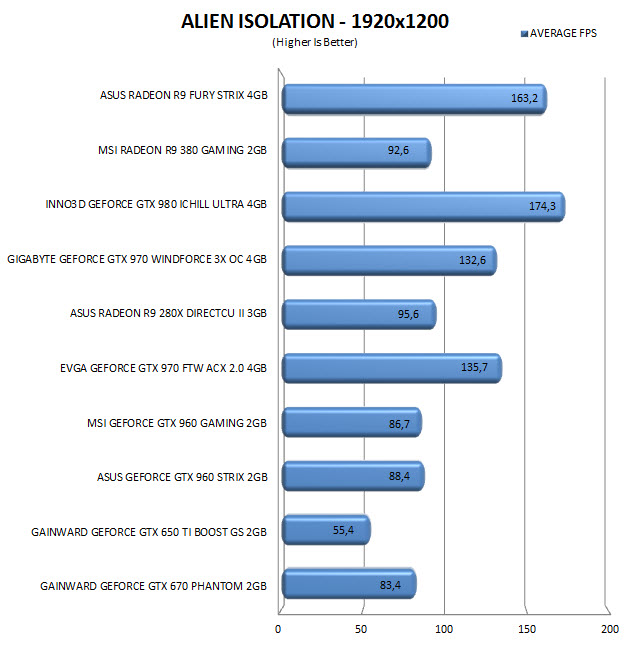
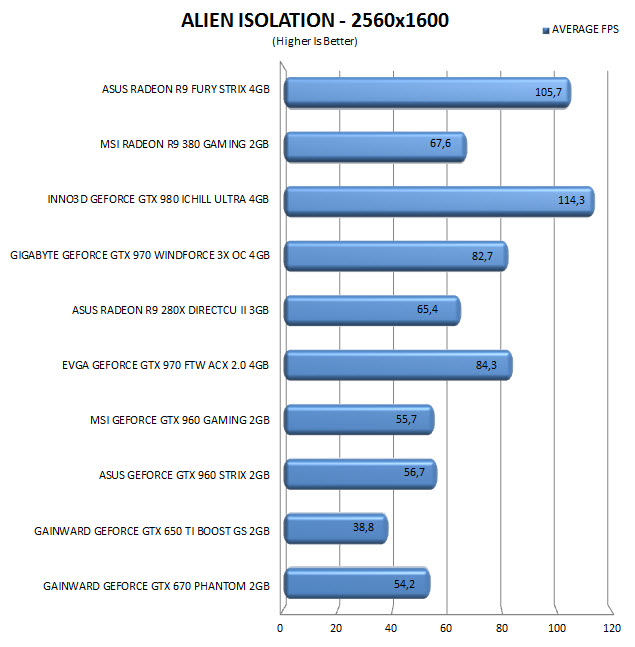
TEST RESULTS – RYSE SON OF ROME
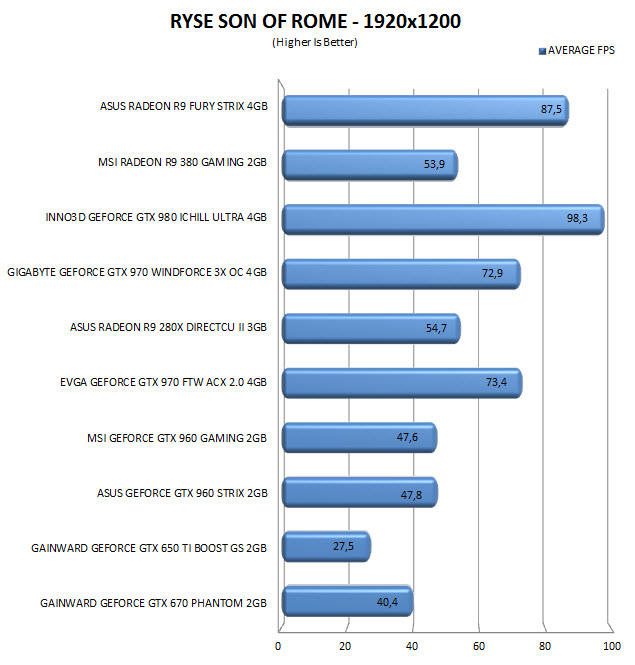
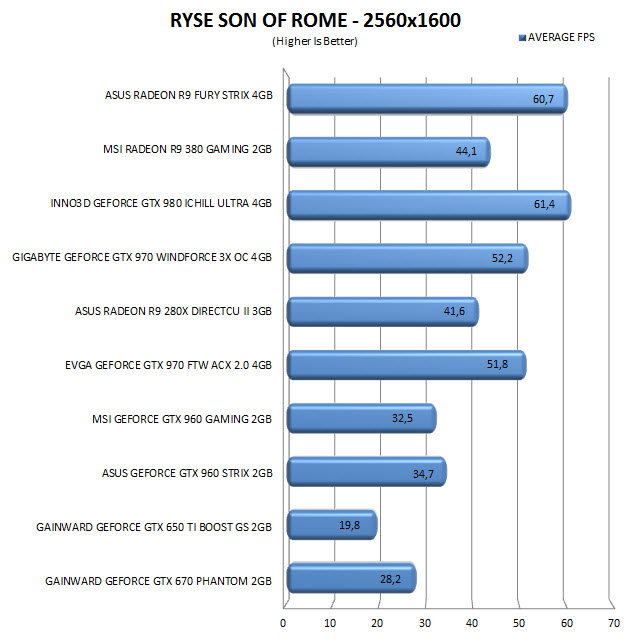
TEST RESULTS – BATTLEFIELD 4
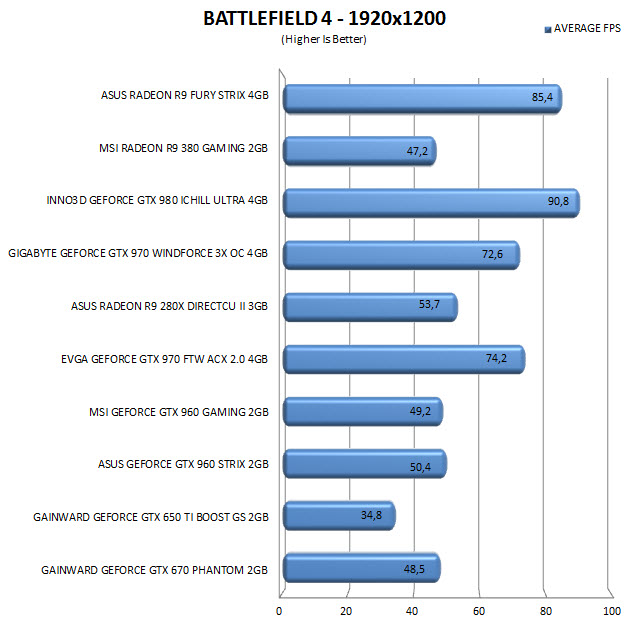

TEST RESULTS – BIOSHOCK INFINITE
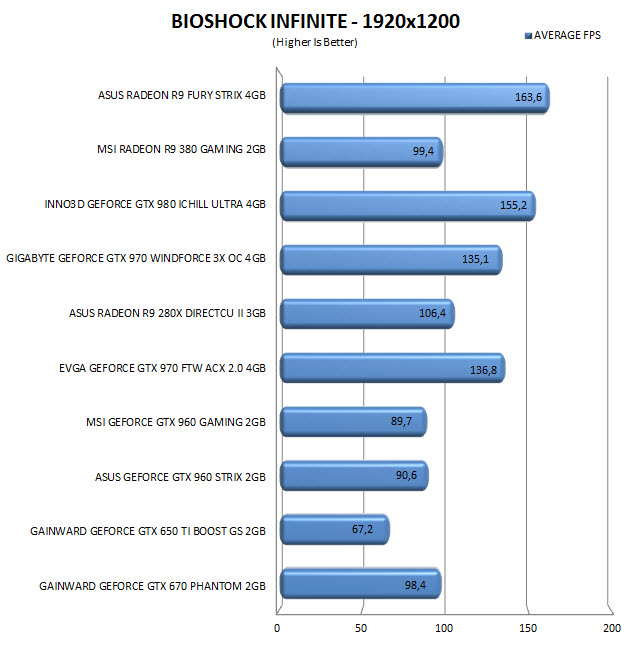

TEST RESULTS – METRO LAST LIGHT
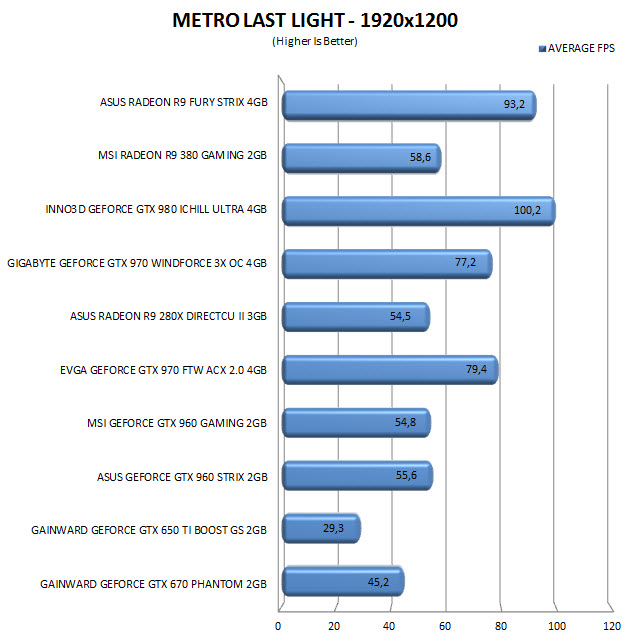

TEST RESULTS – POWER CONSUMPTION / NOISE LEVELS / TEMPERATURES



TEST RESULTS – OVERCLOCKING
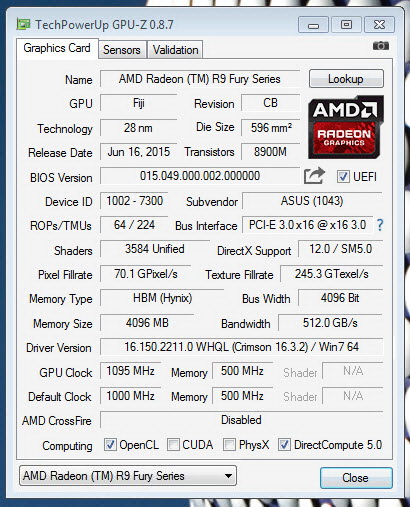
After spending a couple of hours trying to overclock the Radeon R9 Fury STRIX we only managed to reach 1095MHz on the core (95MHz over the stock).
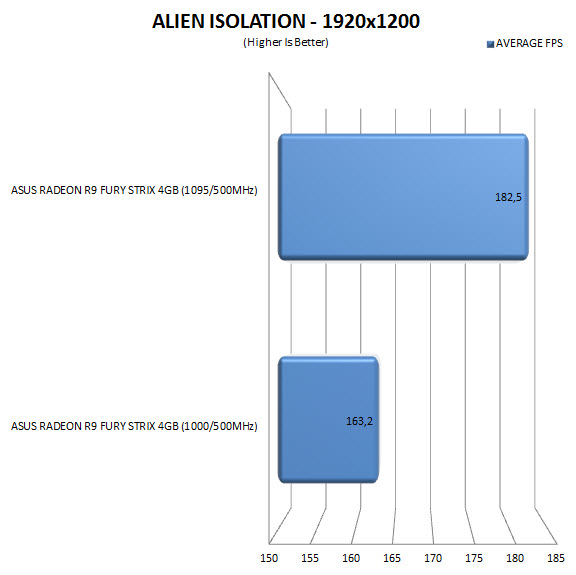
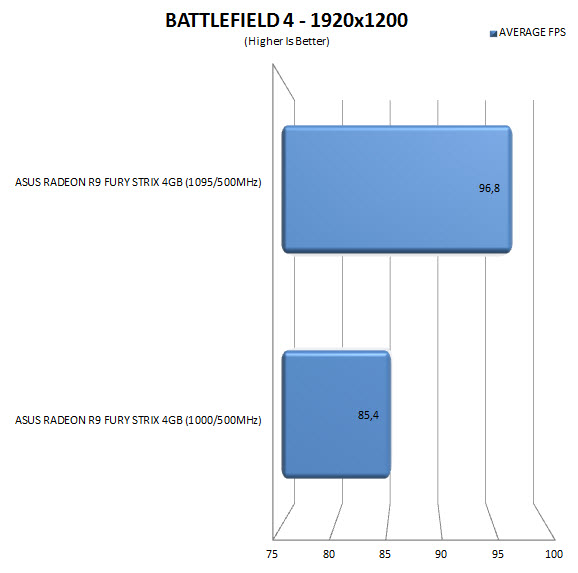
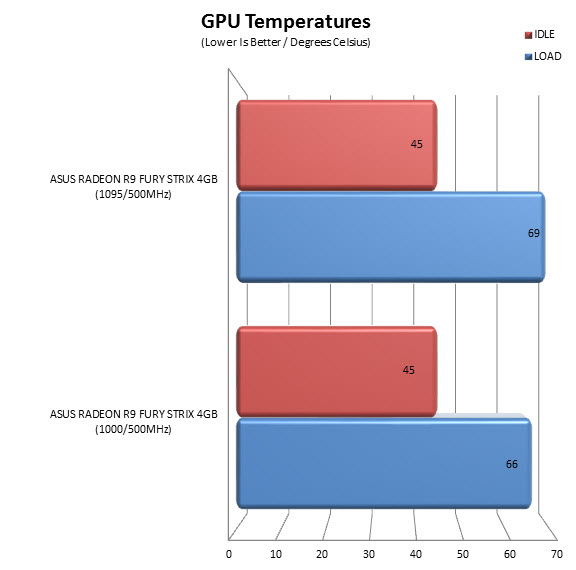
Our OC gave us roughly a 11% boost in Alien Isolation and almost a 19% boost in Battlefield 4 (temperatures increased 3 degrees under load).
CONCLUSION
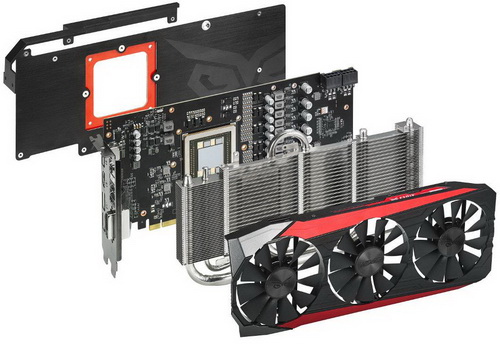
The Radeon R9 Fury and Fury X lines of graphics cards by AMD were always ment to “counter” the GeForce GTX 980 and 980 Ti models by NVIDIA and judging by our charts the Radeon R9 Fury STRIX does exactly that, at least in terms of performance. The Inno3D GeForce GTX 980 iChill Ultra 4GB does come ontop on most tests but the Radeon R9 Fury STRIX does come really close in all the others. Once again we see a Radeon card use more power than its competition although 16W more compared to the Inno3D GeForce GTX 980 iChill Ultra 4GB under load is certainly not much and i doubt it will be enough to make most consumers look for something else. On the bright side noise levels are not very high (the fans are disabled until the card gets to over 65 degrees so you can enjoy 0dB while not in games) so compared to factory Radeon R9 Fury cards the Fury STRIX is a definite step towards the right direction. It goes without saying that we’d all like to see higher OC potential but we really can’t complain about the performance of this card.
10 months after launch the price of the ASUS Radeon R9 Fury STRIX (STRIX-R9FURY-DC3-4G) hasn’t really dropped so it currently retails for USD559.99 inside the USA (Amazon.com) and for 579Euros inside the EU (Amazon.co.uk). At the same time similar performance GeForce GTX 980 cards retail for roughly USD80/70Euros less, are slightly faster (equally good custom design models) and use less power so overall I’d say they offer more bang for your buck. In the end however we can’t deny that the Radeon R9 Fury STRIX by ASUS is a great card and worthy of our Platinum Award.

PROS
- Excellent Build Quality
- Top Performance
- Design (For Some)
- DirectCU III Cooling System (Low Temperatures & Noise Levels)
- HDMI v1.4a / 3x DisplayPort / DVI-I
- 4GB High Bandwidth Memory (HBM)
CONS
- Size (300mm Long)
- Price (Compared To The GeForce GTX 980)
- Power Consumption

 O-Sense
O-Sense






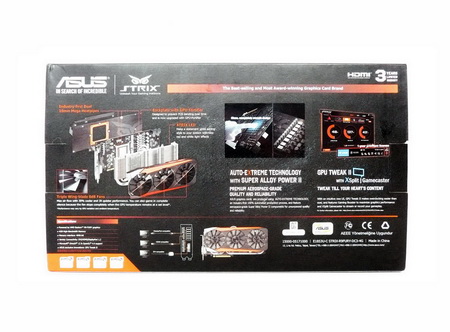
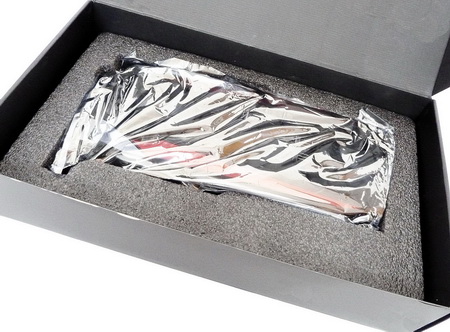
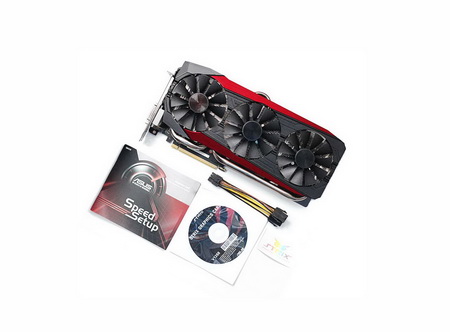
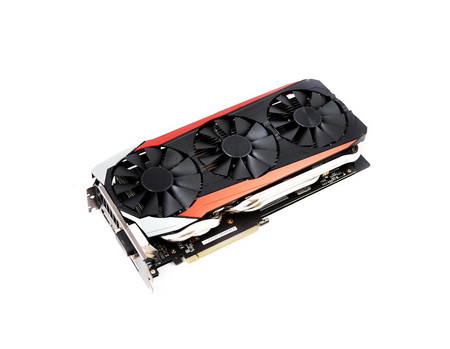
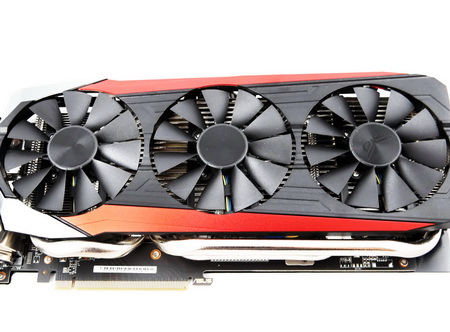
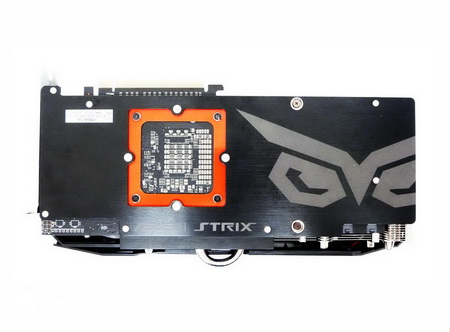
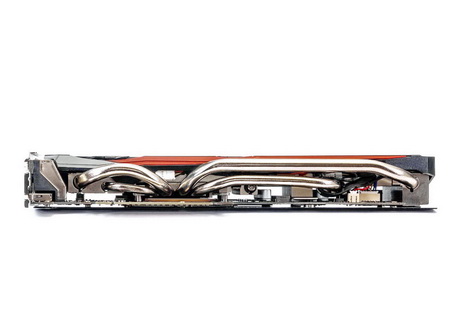
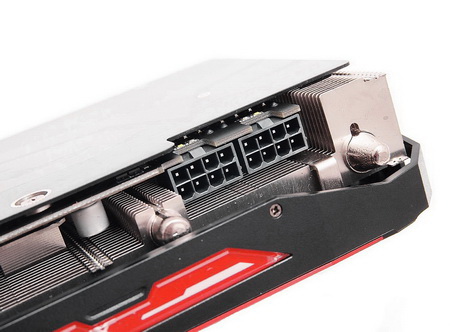
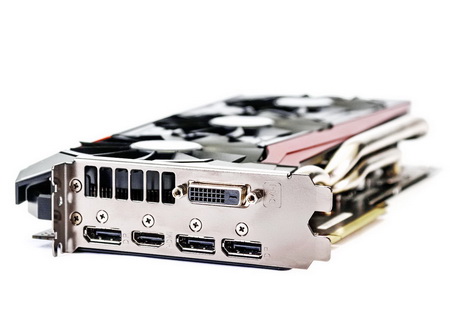


.png)

